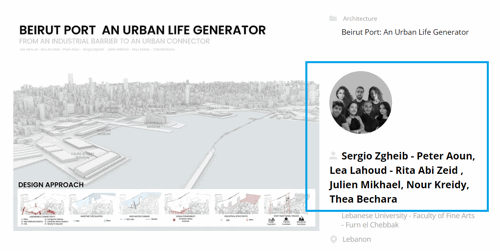Museum of Sacred Art in Wiślica

Project idea
The project envisions the creation of a new building for the Museum of Sacred Art, based on the museum collections from the Długosz House. A key aspect of the concept is preserving the function of the historic building as a rectory while relocating the main exhibits to a modern interior. This will significantly enhance the visitor experience and allow for better display of the collected artifacts. The Długosz House will remain open to tourists, but its role will be more focused on presenting the life and legacy of Jan Długosz and his influence on contemporary historical understanding.
The new museum building will serve as a spatial link between historical architecture and a modern approach to space design. The project incorporates contemporary materials in a way that harmonizes with traditional techniques and aesthetics. The façade will feature materials such as glass and white-toned brick, allowing the new structure to blend subtly into the historical setting.
The building's form will complement the fragmented, low-rise architecture of Wiślica, ensuring it does not overshadow or dominate its surroundings. The proportions and architectural details have been carefully designed to maintain coherence with the local character. Additionally, the project aims to preserve as much of the existing historical structures on the site as possible, emphasizing respect for the historical spatial arrangement and aesthetic.
Furthermore, a key objective is to integrate the museum with existing green urban spaces, such as Plac Solny and the Market Square, transforming it into not only an exhibition venue but also a vibrant hub for the local community and visitors. The contemporary architecture of the museum will pay homage to the past while embracing modernity, offering new experiences for both residents and tourists.
Project description
The proposed site is located in the central part of Wiślica, south of the famous Collegiate Church of Wiślica, one of the most important monuments of the region. The centerpiece of the plot is the Dlugosz House, a 15th century Gothic monument closely associated with the figure of Jan Dlugosz. The new museum building is likely to become a continuation of the historical dialogue with visitors, referring in its function and form to the nearby collegiate church and the Dlugosz House.
The building is surrounded by single-family and commercial buildings, which emphasizes its importance as an integral part of the urban fabric. In close proximity, on the western and eastern sides, are green spaces - Solny Square and the City Market. The main goal of the project was to harmoniously integrate the new museum into the existing urban structure, taking into account the historical and architectural context of the site. An important aspect of the project was also to create a coherent connection between the green spaces in the town.
Technical information
The structure of the building was made as reinforced concrete with steel elements. It was proposed to be founded on a foundation slab with a uniform thickness of 50cm. The walls were made in reinforced concrete technology, with a thickness of 25cm. The entire structure was covered with a sloping roof supported by external walls and internal steel trusses with a flat layout and a span of 12 to 26 meters - the steel structure allows the reduction of columns in a significant way, allowing the opening of space.
To illuminate the interior, skylights were used in both the main hall and exhibition (underground) sections.










